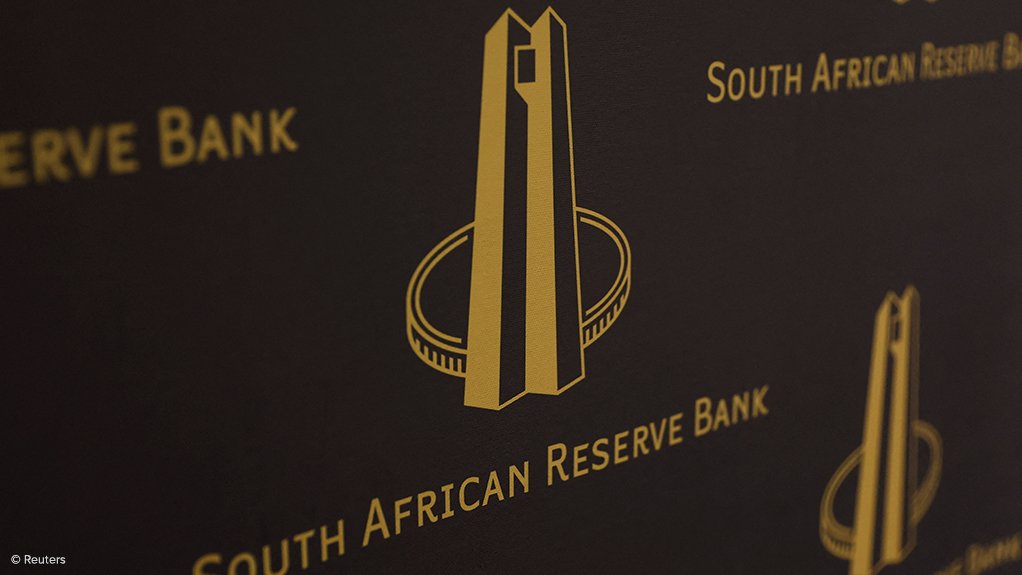Most African central banks weighing interest rates over the next three weeks are set to lower them, wary that the window to ease further may narrow after Donald Trump becomes US president.
Of the 14 monetary authorities due to give rate decisions, eight including South Africa and Kenya are foreseen cutting, five are expected to stand pat and one — Nigeria — is predicted to hike.
While domestic conditions will ultimately dictate their decisions, it will be hard for them to ignore Trump’s November 5 election win, which has roiled emerging markets as investors bet his policies could lead to a stronger dollar and higher US rates.
“Trump’s stated policies, such as an increase in tariffs and larger budget deficit for the US, are likely to be inflationary and set to put a damper on the ability of African central banks to cut interest rates in 2025,” said EY Africa Chief Economist Angelika Goliger.
A stronger US currency will be bad news for African nations, making their imports and dollar debt more expensive. Rising US interest rates could also draw capital flows away from emerging markets, forcing monetary authorities to lift borrowing costs to support their local currencies.
Already, “emerging market currencies have depreciated as much as 5% since Donald Trump won the US election earlier this month, increasing the upside risks to inflation,” said Yvonne Mhango, Africa economist at Bloomberg Economics. “This will likely make African central banks that were easing, less dovish going forward.”
Inflation Risks
Angola, the Democratic Republic of Congo, Egypt and Ghana are all expected to leave interest rates unchanged because of concerns over double-digit inflation and risks from a mightier dollar.
Botswana, which has one of Africa’s lowest inflation rates at 1.6%, is also set to keep borrowing costs steady on expectations that price pressures may drift higher as the economy recovers from a prolonged slump in diamond prices, its main export, and dollar strength.
In Nigeria, policymakers will likely hike rates on November 26 to cool inflation that’s heating up again because of an increase in gasoline prices, currency weakness and recent floods.
They’ve already lifted rates to 27.25% from 11.5% in just over two years and said they will continue to do so until inflation is tamed.
On Target
In South Africa, where data on Wednesday is forecast to show annual inflation eased in October to the lower end of the central bank’s 3% to 6% target range, the monetary policy committee is projected to cut its benchmark rate by a cautious 25 basis points to 7.75% on November 21.
The MPC will be concerned by recent weakness in the rand. The currency has declined almost 2% since Trump’s victory, making it among the worst performing in Africa since the election.
Similarly, central bankers in Eswatini, Lesotho and Namibia, whose currency are pegged to the rand and are also experiencing a slowdown in inflation, are predicted to cut by a quarter point.
Kenya, Gambia, Rwanda and Mozambique, where inflation is slowing or already low, are anticipated to reduce rates.
Edited by: Bloomberg
EMAIL THIS ARTICLE SAVE THIS ARTICLE
To subscribe email subscriptions@creamermedia.co.za or click here
To advertise email advertising@creamermedia.co.za or click here













